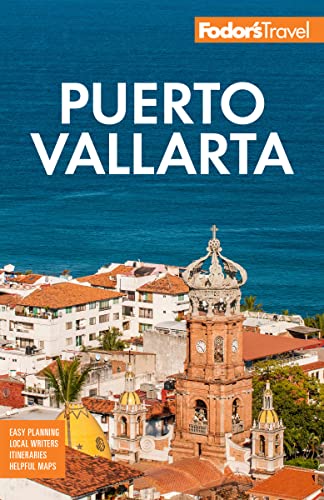Mexican Rhythms and Roots
Salsa, merengue, cumbia—do they leave you spinning before you even hit the dance floor? This primer is designed to help you wrap your mind around Latin beats popular in Pacific Mexico. Unfortunately, it can't cure two left feet, and these flat-footed styles of dancing can be difficult for anyone not accustomed to Latin beats. In Puerto Vallarta, the dance club J.B. is great for lessons.
Latin dance rhythms were born of African drumming. Dancing was vital to West African religious ceremonies; these rhythms spread with importation of slaves to the New World. Evolving regional tastes and additional instruments have produced today's Latin music.
From Colombia, wildly popular cumbia combines vocals, wind, and percussion instruments. With a marked rhythm (usually 4/4 time), the sensual music is relatively easy to dance to. Hip-hop and reggae influences have produced urban cumbia, with up-tempo, accordion-driven melodies. Popular artists include Kumbia Kings, La Onda, Control, and Big Circo.
Fast-paced and with short, precise rhythms, merengue originated in the Dominican Republic. Although the music sounds almost frantic, the feet aren't meant to keep pace with the melody. Check out Elvis Crespo's 2004 album Saboréalo.
Born in Cuba of Spanish and African antecedents, son is played on accordion, guitar, and drums. The folkloric music was translated to various dialects in different parts of Mexico. "La Bamba" is a good example of son jarrocho (from Veracruz).
American Prohibition sent high rollers sailing down Cuba way, and they came back swinging to son, mambo, and rumba played by full orchestras—think Desi Arnaz and his famous song "Babalou." In New York these styles morphed into salsa, popularized by such luminaries as Tito Puente and Celia Cruz and carried on today by superstars like Marc Anthony.
Mexicans love these African-inspired beats but are especially proud of homegrown genres, like música norteña, which has its roots in rural, northern Mexico (in Texas, it's called conjunto). The traditional instruments are the bajo sexto (a 12-string guitar), bass, and accordion; modern groups add the trap drums for a distinctive rhythmic pulse. It's danced like a very lively polka, which is one of its main influences.
A subset of música norteña is the corrido, popularized during the Mexican Revolution. Corridos informed isolated Mexican communities of the adventures of Emiliano Zapata, Pancho Villa, and their compatriots.
But the quintessential Mexican music is mariachi, a marriage of European instruments and native sensibilities born right here in Jalisco, Mexico. Guitars, violins, and trumpets are accompanied by the vihuela (a small, round-backed guitar) and the larger, deep-throated guitarrón. Professional mariachis perform at birthdays and funerals, engagements, anniversaries, and life's other milestones.




